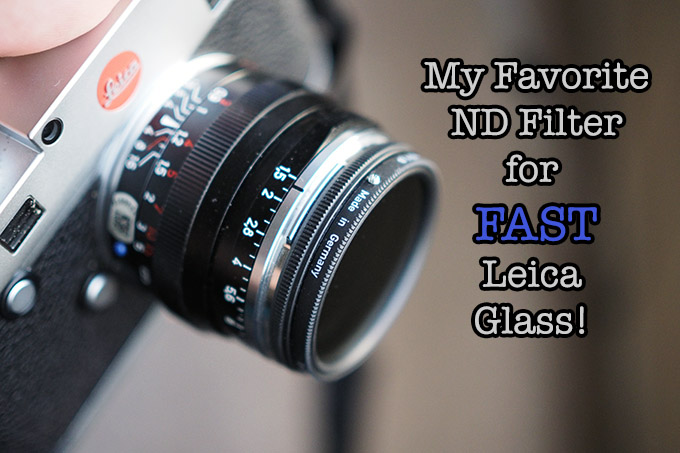
My favorite ND filter for fast Leica lenses!
Finally! I found THE ND filter to own for my fast Leica glass (Thanks Ken Hansen)! Yes my friends, in the past I have owned many ND filters and I always had to figure out which one I would get. When shooting a Summilux lens or Noctilux lens an ND filter is MANDATORY if you want to shoot your ones wide open where they were designed and optimized to be shot. Over the last few years I have had MANY e-mails come in asking me “which ND filter should I get”..and I am happy to say that the one I own now is hands down my #1 favorite that I have ever owned/used.
It is a made in Germany Heliopan Variable ND filter that gives you a range to work with..from 0.3 all the way up to 1.8 or from 1 to 6 stops. This means you can use this single one ND filter for all of your ND filter needs. From slight brightness to brutal harsh light (like I shot the images in below), this ND filter will give you what you need with a smooth twist of the front ring. When Ken Hansen told me about it I had to give it a shot.
If you are not familiar with the purpose of an ND filter I will break it down for you very quickly.
Let’s say you love shooting your Leica and Noctilux but you love shooting that lens wide open at f/0.95. If it is sunny outside or the light is bright you will not be able to shoot wide open because the shutter speed in your 9 or M 240 only goes to 1/4000s. This means that without an ND filter you will have to stop down the lens to f/4 or f/5.6 or in some situations even f/8.
With an ND filter in place you can shoot that lens wide open as the filter blocks some of the light. With this particular filter you can adjust how much light gets let in and it is marked from 1-10. I tested this filter in the super harsh mid day sun of Phoenix AZ and my filter was usually between #3 and #6 with the Zeiss 50 Sonnar at f/1.5.
Using this filter it allowed me to shoot wide open to retain that classic Zeiss Sonnar look that disappears once the lens is stopped down. I shot the SLR Magic Hyperprime 0.95 M lens a couple of years ago with an ND filter as well, and all of the images shot in that report were with a Leica M9, the images below were shot with an M 240 and the Zeiss.
You can also use an ND filter if you want to shoot at longer shutter speeds, for example, a running waterfall. The ND will block the light to your sensor and allow you to drag out that shutter for as long as you need.
Anyway, this is an amazing ND filter and is the only one you will need for ANY situation. No need for 2-4 ND’s, just one. The build is superb and of very high quality, the ring to adjust the strength of the filter is smooth as silk and this filter is available from Ken Hansen in the two sizes any Leica shooter would need. 46mm (35 Summilux, 50 Summilux) or 60mm (Noctilux 0.95). These filters are NOT cheap but no good ND filter is. I believe this one goes for $260 but I found it to be a very worthwhile investment because it is the last ND I will ever need and will fit any 46mm lens I attach to my camera.
I tested it with the Zeiss 50 ZM Sonnar which also has a 46mm filter thread and the filter presented no issues or problems at all. The Zeiss ZM Sonnar is a very unique lens and when shot wide open at f/1.5 it almost resembles a Noctilux in its rendering. Not quite, but close. The best part is that the Sonnar comes in at around $1100. B&H is back-ordered but Tony at PopFlash has one or two in stock right now (in silver) for anyone looking for this now legendary classic lens.
You can e-mail Ken Hansen here if you want one or have a question. (khpny19@aol.com) Not sure how many he has but he did tell me he had a “few” available in 46mm and 60mm filter thread sizes and I recommend this filter 100% for ANY users of these filter size fast lenses (Leica).
Below are the images I shot with the ND attached, all with the Zeiss Sonnar 50mm ZM and all wide open at f/1.5 at the local Ren Fair here in AZ. BTW, it was almost 90 degrees in mid Feb and the sun was HARSH. AZ mid day sun sucks for taking photos, but I purposely took these at the worst time to test this filter, which did fantastic.






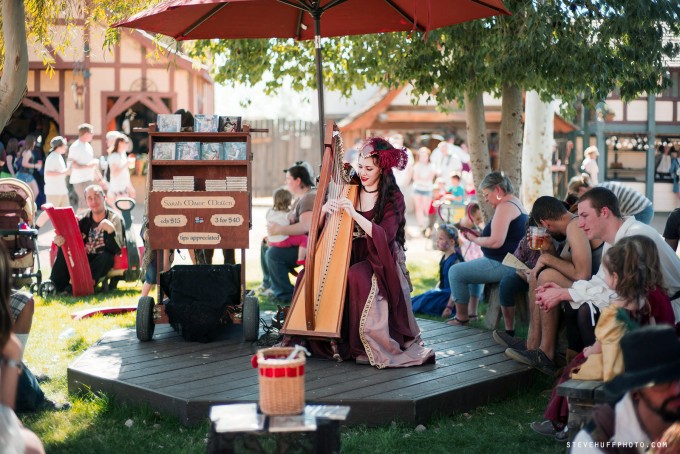
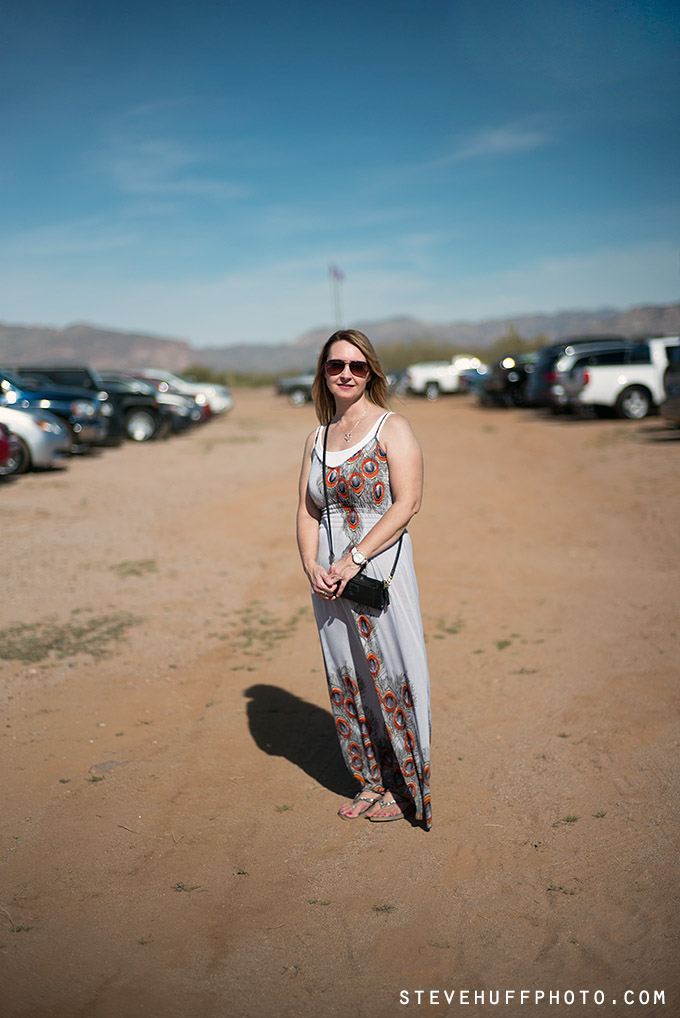
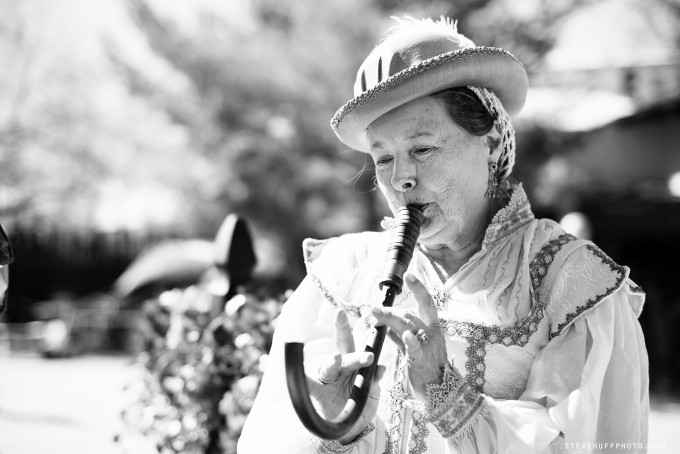
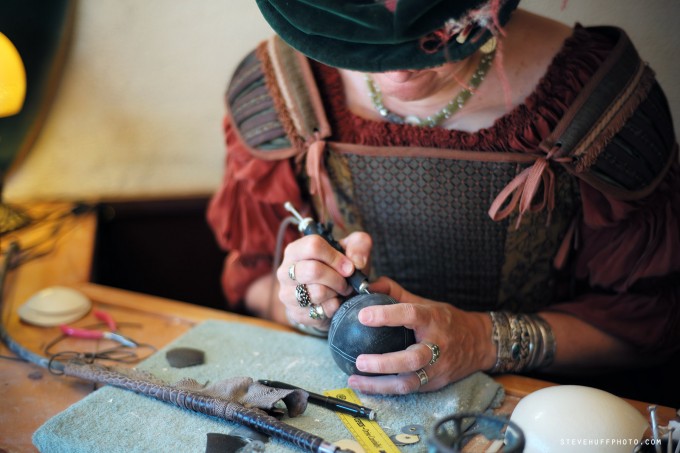

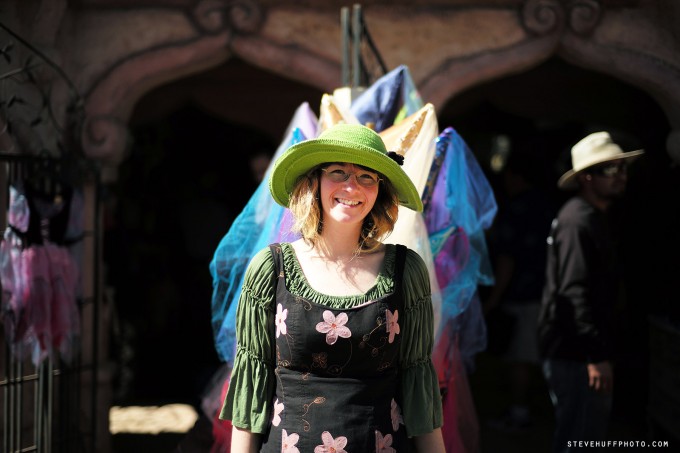

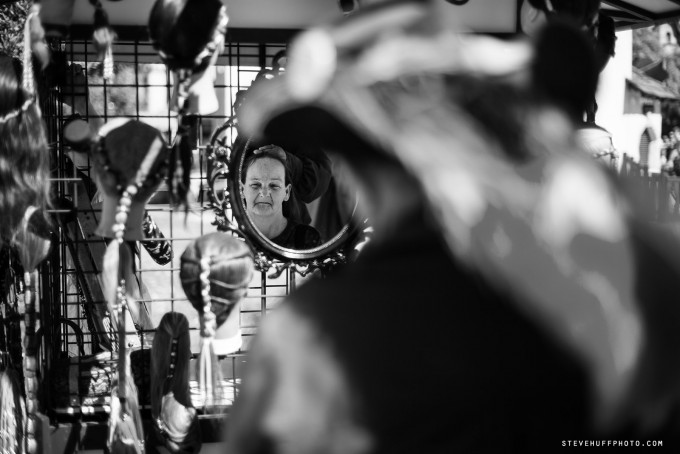


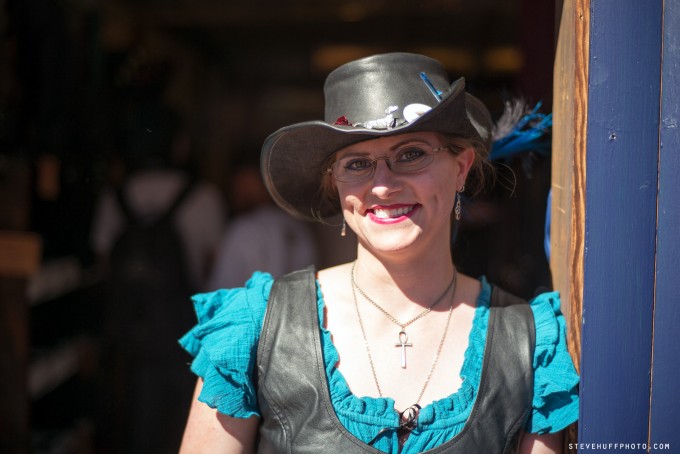
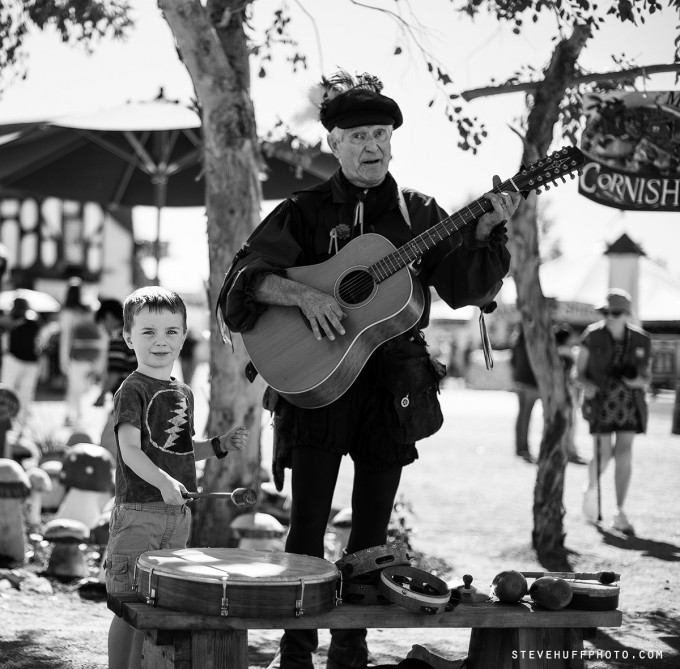
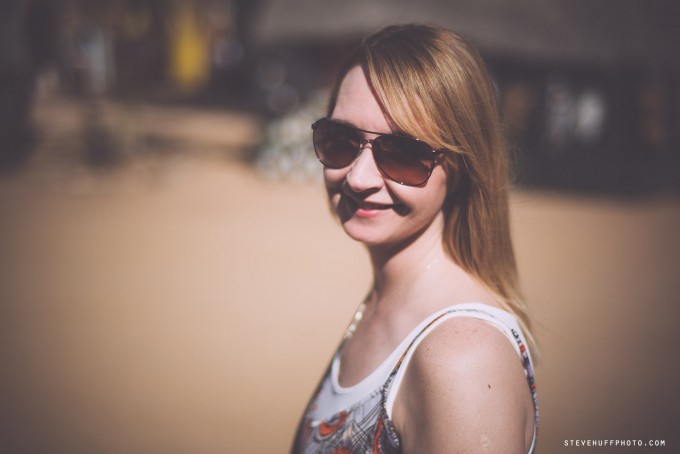
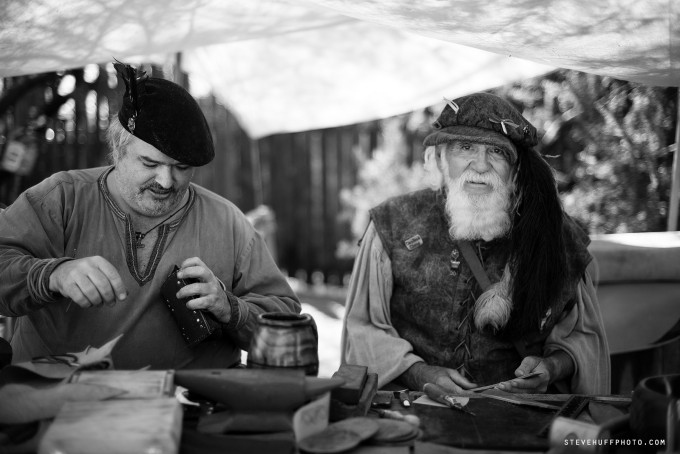
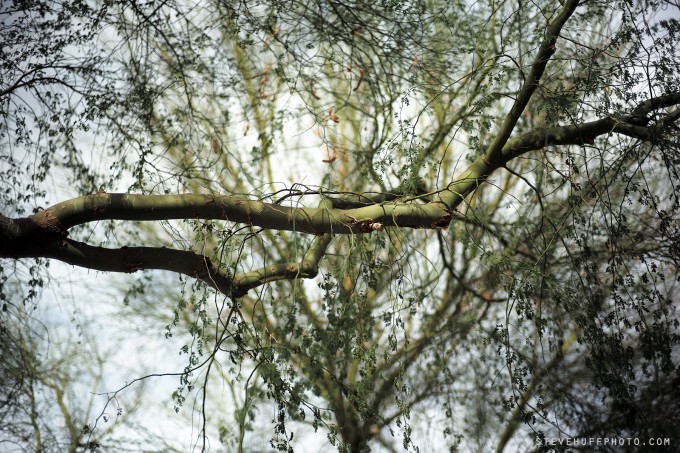
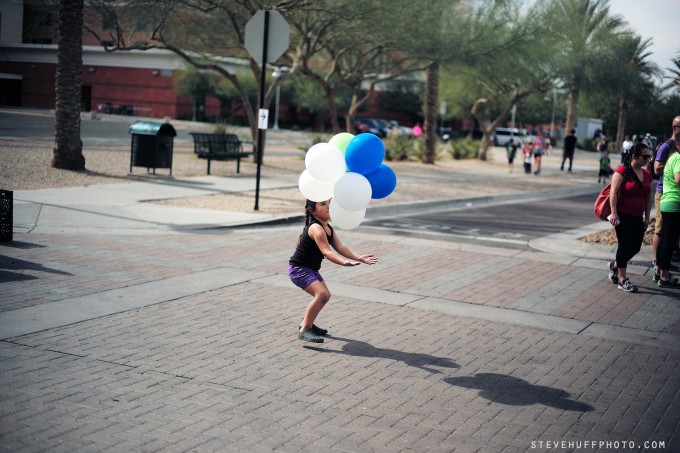
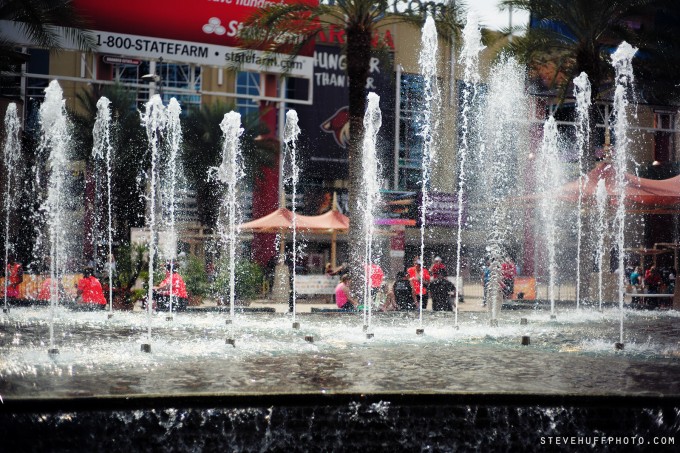


Hi Steve,
With your Heliopan Variable ND, does it affect the creamy Noctilux bokeh? does the lens cap suit to the filter (I read a comment above there is someone has an issue with the lens cap doesn’t suit with the filter)
Thanks
I have no issues at all, and this article is over a year old yet I still use this as my one and only ND. I provided loads of examples here, did you feel they had bad vignetting? I did and do not.
i bought the Heliopan variable ND and am shocked at how much vignetting it creates.
I respect your knowledge a lot Steve but I wouldn’t have gone anywhere near this thing were I to have known how chronic this problem is. Very unhappy with this purchase.
It’s not often I use my Haida PRO II MC Variable ND filter, cause my M8 can go up to 1/8000 sec. It’s a nice filter and good value for 500 DKK or 75 USD. Have to use step down rings, but that’s no problem.
Hi, does anyone know what size Heliopan ND will be compatible with 50mm Summicron APO?
Thanks,
REM
I tried a 46mm Heliopan Variable ND filter on both my 35 & 50mm Summilux lenses (the latest versions) and although it screws in fine the lens hood on the 50 won’t slide over the two little nubs on the filter ring nor will the lens hood on the 35 fit over them. Sad, because it’s a beautifully engineered filter. I understand that there is a ‘slimline’ version of this Heliopan filter has anyone any idea whether that would likely work.
Hi Steve, I know this is a ND discussion but do you use a circular polariser 46mm at all? Trying to find the best quality to use with super elmar 21, lux 35 and would appreciate any suggestions
http://jonasraskphotography.com/2014/05/12/nd-filter-dont-go-variable/
Just bought one of these from Ken and works well, but the 46mm lens cap doesn’t fit over it so bit wary of just dropping it in the bag without taking it off first. Tried to get one from a shop and they say because of the ring shape they don’t have one. Is there a lens cap size which fits?
Thanks
the hood does not pull out on the 50 summiliux with the variable ND filter on
I got it today for noct asph. Only issue is that the lid / lens cover doesnt attach to it… Any suggestions?
Lee, I too have ordered a set from Ken. Tell me, does the filter polarize highlights too? Or only acts as a ND? The principle seems to be that it acts as two polarizers that should counteract the polarizing effect and not affect the highlights or/and reflections … Sounds like yours is faulty.
Would like to know what Ken tells you about this… I’m still waiting for mine to arrive, so cannot comment on its effective use and yr problem, but sounds like its faulty to me.
Steve, I order the filter from Ken Hansen. I did some quick test. It works the way it is supposed to except when I get 9 the image is not consistent and at 10 only the highlights are photographed. Does this have something to do with the polarizer part of the filter or could it be defective?
Well, that’s the first time I’ve ever heard of B+W filters being referred to as “cheaper” 🙂
I have said this for 10+ years and is why I never ever use UV filters on my Leica glass. Funny. But using an ND filter is MUCH MUCH different as it serves a purpose – without it we could not use the lenses in certain ways in certain situations. That article os more for normal filters. ND filters should be in everyones bag when using Leica fast glass. Remember when Leica sent out filters to everyone who bought the M8? The lenses NEED them for use with that camera, no way around it. So during the m8 days Leica promoted filter use.
Read the article warning about using filters on Leica lenses.
http://gmpphoto.blogspot.it/2014/02/leica-lenses-and-filters.html
Goff
I agree 100% with you on that point. Leica lenses are way better wide open then other glass. For people photos, 90% of the time wide open is best. It pains me though to see people doing landscapes wide open. The one exception to all of this is a Noct…. It has only one purpose, .95 or not worth it. One last point, a great way to shoot street photography is zone focusing….
Thanks again Steve (and son) love the site and can’t think of any other forum where we can have this debate in a civilized fashion.
Well, to be honest..when comparing a Leica 50 SUmmicron at f/5.6 on an M 240 vs a Nikon Df with a cheap 50 1.4 at f/5.6..you will not see much difference, if at all. Why pay thousands for a lens that does the same thing as cheaper lenses when stopped down to f/5.6 or f/8? Stopped down a Voigtlander 50 Nokton will beat a Leica Noctilux and match a Summilux. Wide open, there is no match or comparison. Others may be good but none will match the “look” of the Leica wide open. This is why when you search Leica images online 90% of them are shot wide open.
Leica glass is made to perform well shot wide open… but they do perform much betteer stopped down. Leica puts dof marking on the lenses for good reasons. Check Erwin P’s work on all the lenses, they all perform optimally stopped down. Some people love the look shot wide open, but you are only using a part of what makes these lenses so good.
I’m assuming that colour cast is not considered that large of an issue since a film is normally colour graded in post and which is always a big part of the post production. But the image quality degradation is something that needs to be considered (and especially by a still photographer, as you suggested.)
I agree that a higher shutter speed is most ideal, but I suppose a ND filter will suffice in a pinch if absolutely necessary. I personally don’t use them but I also don’t photograph in high contrast bright mid-day light. Good quality of light is vitally important and I prefer a more diffuse ambient light, but that’s just me……
Thank you Groot to directing me to this comparison of variable ND filters on a MOVIE BLOG.
The author identifies a number of ways in which the filters harm image quality. He barely mentions the influence in colours, suggesting that it is no more than a blue cast. I disagree: the impact of polarizing filters on colour is more complicated than that.
I prefer to use a high shutter speed. Goff
Dammit Steve, you always find a way to make me spend money! 🙂
Does anyone know if there is any downside to using a larger filter with a step down adapter vs the exact filter size? Is it just that you get a perfect fit or are there other factors that involve image quality? I’m just wondering if Steve’s reaction to not using a bigger filter for his Leica lenses is cosmetics or something more? I’m asking because I’d like to get one for my Rx1 for moving water but it would be great to know its fine for other lenses down the road.
http://www.cinema5d.com/news/?p=17591
Thank you for this information Steve. I have just today, after reading your write-up, ordered both the 46 and the 60mm filters from Ken – first time I deal with him and I must say, so far, his responses and manner of dealing with a customer is most impressive – highly recommended by many and so far it has been a pleasure dealing with him.
Jorge
No other common other than just saying some real nice images in this thread. The true RF shooting experience really seems to bring out the best in you
Agree with Steve and JL here. Almost every lens becomes ridiculously sharp when stopped down. Heck, even my 80 year old Leica Summar gets pretty darned sharp when stopped down. The magic is in the wide open shots.
I have summilux-r e55 lens since there is not variable ND filter with these size (or I can not find such) can I use adapter 52 to 55 with same success ?
Variable ND filters come from the movie world.
I doubt their value in still photography which relies on much higher resolution and image quality.
I recall a recent interview with the Leica chief designer, who was asked about the habit of using a UV filter to protect the lens from dirt and damage. His comment was “if we thought that putting a clear filter in front of a Leica lens was helpful we would do it”.
I wonder what he would say about using an ND filter? I doubt that still images shot with top quality Leica lenses are in harmed by using a variable ND filter. I know from personal experience that top quality polarizing filters mess up the colours as well as reduced polarized scattered light. So I expect that variable ND filters will too I would like to see a critical comparison, paying special attention to colours. Goff
The 50 Cron on the MM needs an ND filter. Often enough on the M240 to be useful. Don’t need more than 3X however.
I would say that goes for ANY fast lens, Leica or otherwise! What gives a lens its distinctive character is the blend of choices the designer made when balancing its aberrations; different lenses have different blends and different character. Stopping down the lens reduces the aberrations to the point that the differences may fall below the threshold of what the eye can see — the result may be technically sharper, but not necessarily interesting or appealing.
I try to use all my lenses at full or almost full aperture whenever possible, unless I need more depth-of-field for some specific reason. This may not be the best choice in the lab-test sense, but I like the way the images look: more atmospheric and “photographic.”
Actually Rob, I see your point. The numbers on the filter go from 1-10, while the amount of light blocked varies from 1 to 6.
My mistake.
🙂
“It seems like you need a TTL meter for this to work effectively as it’s impossible to judge how much light you’re blocking. Correct me if I’m wrong but this wouldn’t work for a non-metered camera?”
The Heliopan variable filter has the compensation numbers written on the adjustment ring. Just add that to your exposure.
Buy big and use step/step down rings.
No they are not the same, as they should not be but the way to get the classic Leica look is to shoot wide open. MANY agree with this. Shooting a 50 cron at F/2.8 will be no different than shooting a Zeiss Planar at f/2.8 or a Nikon 50 1.8 at 2.8. As you stop down you decrease DOF, you minimize Bokeh and the images look sharper across the frame. I get no benefit to my Leica M by shooting my 50 Lux at f/2.8 over shooting a Nikon Df and 50 1.8 at 2.8. None. Same goes with a Sony A7 and 55 1.8. But shoot it at 1.4 and the character of that lens shines through and is easily distinguishable. Same goes for the Noctilux, or any fast Leica lens.
I have to agree with what Steve Barnett says above. Although Leica lenses work very well “wide open”, they are in fact at their best when stopped down (typically ~2 stops). The exact amount varies with the particular lens design. Leica provide this information on their website. Leica provide each lens with an MTF graph with the lens at maximum aperture as well as a second graph with the lens at it’s maximum performance. The two are never the same.
Upon reflection I guess you mean the instance where an ND filter is required to be used if a fast lens is to be shot wide open. I was not disputing that as it is obvious that a Noctilux or a Summilux requires an ND filter to be useable at max aperture in daylight. I was simply trying to point out that even in such conditions one might wish to stop down a bit for artistic reasons, that in some instances– the landscape examplee I cited– the result might be more pleasing when stopped down a bit.
I’m sorry but I don’t understand. What is the “referred to instance” ?
That may well be the case Jack, but in this referred to instance, the lens needs to be wide open because of the effect (very shallow DoF) the user wants, but the prevailing lighting conditions aren’t compatible.
I agree completely with you about Leica lenses. Even my 50 year old 90mm Tele -Elmarit is best wide open at 2.8. But one should not hesitate to stop down some in order to provide context if that provides the desired result. Some landscape shots with foreground detail can be rather odd shot wide open with a Summilux 35, for example.
Sorry, I got mixed up as they are not in front of me, but yes, would like to know about the 50..
Well, E39 means f/2 which means you probably will not need an ND filter. Ken may be able to get E39 but you would have to ask.
Well, this is not a 3 stop nor is it a 49mm. It is also a premium filter. Many cheaper filters are no where near as good optically. This is for those who want a lifetime, premium, no compromise ND filter. Sure you can buy cheaper if that is what you want. Whatever works for you is what you should get!
Nice write up and excellent photos demonstrating its effectiveness. I have also been looking at ND filter options but wasn’t aware of the variable versions. I checked with Ken Hansen for a 46mm filter and he has sold out, 2 dozen since this morning!! He has reordered.
The 35 1.4 does not have a pull out hood 🙂 Have not put this on a 50 lux yet so can’t say.
Leica lenses are ALL designed to be shot wide open. That is where the Character will be seen. Stopping them down makes them perform like any other lens. Stopping down a Noctiulx defeats the purpose of that lens as the 50 Lux will be a better choice past f/1.4.
I do not know what Leica says about using the Noctilux wide open in preference to stopped down, but Peter Karbe has said on several occasions that the new 50 Cron ASPH is best used wide open. Certainly using a Noctilux always stopped down past 1.4 makes little common sense when the Summilux performs so well at these apertures for a fraction the cost. Finally, I feel that as a general matter there is an over emphasis on shooting wide open. The best shot sometimes places the subject in a context and that can be lost using a wide open very fast lens.
Steve, can I ask does the hood pull out when this filter is in place on a 35mm 1.4 and the 50 mm 1.4 Leica lenses?
Sorry I didn’t intend my comment to be mixed in as a reply to you, iPad and fingers stuff going on etc.
“When shooting a Summilux lens or Noctilux lens an ND filter is MANDATORY if you want to shoot your ones wide open where they were designed and optimized to be shot.”
That would be why they are sharper and better corrected at f/4 wouldn’t it? They are not ‘optimized’ to be used wide open, they are simply a faster lens with an aperture that if used is definitely softer (when in focus) than if stopped down. True they may be better wide open than some other fast lenses, but isn’t it about time that the myth about being designed specifically to be used wide open was well and truly knocked on the head?
Hi Steve.
Great post and pictures. A good quality variable ND filter is a must in Australia and those that pay for the Leica glass should not question the price of quality.
For the primes on my Em-5, I have settled with the mid priced LCW Fader-ND Mark II that gives a 2-8 stop variable without an issue at all.
I am glad I did not bother with cheaper imitations.
Variable ND
Haven’t been able to find a 46mm Heliopan ND. Just e-mailed Ken Hansen; let’s hope I can get it!
Thanks for the info Steve. I use a 4 stop B&W and had no idea that this variable Heliopan existed until now.
Very cool.
I have also started using ND filters recently – using 400 ISO film in the sun with a top speed of 1/1000 doesn’t go well with shallow DOF 🙂
Example: http://www.imagepro.dk/Denmark_2013/page_060.html
Steve, you are a mind reader! I’ve been looking at ND filters but squirming at the cost for quality. I think you’ve pushed me over the edge. Thanks!
Nice photos, love Ren Faire 🙂
So it exists in 46mm size! I have been looking for a variable ND filter for a wile and could not find one that was high quality AND in the right size for my most used M lenses: 21 2.8 ZM, 28 Summicron, 50 LA et 90 Elmarit-M.
I would prefer buying in Europe but haven’t found a Heliopan Variograu in anything smaller than 52mm so far…
Hi Steve. Does it come with a matrix of suggested speeds to use under each setting. That is quite helpful when you are going for long exposure and the cameras suggests more than 30 sec but you do not how much more. thanks Pavlos
very nice 3d pop in the photos. Do you think the a7r + 55mm 1.8 FE could achieve this same pop?
Because you can use it on more lenses, including none leica but still “fast” glass?
It seems like you need a TTL meter for this to work effectively as it’s impossible to judge how much light you’re blocking. Correct me if I’m wrong but this wouldn’t work for a non-metered camera?
I found the 3 stop B+W filter perfect for RX1R, much cheaper than this one.
I would never buy a 52mm for my Leica 50 Lux. I would buy a 46. Fast Leica glass is mostly all 46mm. Noctilux is 60mm. Not into larger sizes and adapter rings. This article is about using these filters for your fast LEICA glass. Why would I buy a 52 when my lens is a 46?
Adds more POP too.
…and the Fuji X100 has an inbuilt 3-stop ND filter for gorgeous portraits at f2 in almost all lighting situations! I guess I have to wait until I make some serious money and can afford to get hooked on Leica, but for now I’m quite content 🙂
“Two sizes any Leica shooter would need”, eh? I have to disagree – what about E39?!
46mm? I have 3 variable nd filters. The first one I bought was a 49mm, but I realized it couldn’t for on 52mm threads… duh! So I got a 52mm, but now I got 58mm lenses threads… You get the idea. I think you should of get a 52mm, so it can fit on most your lenses and just use adapter rings ($5). Also I find it can add some vignetting on wide angle lenses, so I rather use my 58mm one on a 52mm thread.
I have a cheaper variable ND filter from Light Craft, but I have problems. By the way, I’m using it mostly for video. When I put it on my Panasonic 20mm, I get a green mirror image when I point it at bright sources like a window or lamp. Is this strange? Bad coatings, perhaps, causing internal reflections?
I heard good things about Heliopan. And the one you have is 46mm, like my Panasonic 20mm. I wonder if this Heliopan will have the same problem with my lens and camera? It is a rather expensive buy for me, but a ruined shot is a bad day.
I’m not at all surprised that the Leica and E-M1 compliment each other. I’m sorely tempted to look at the Sony A7, as I have some legacy Minoltas, but do I really want/need what the FF format would give me, when I have a film scanner and also Minolta’s wonderful ‘brick-latrine built’ Dynax 9?
I have also used one of these Heliopan filters in the past, but the circular graduated version, on a f5.6 12mm Heliar prime. This is a 35mm/FF lens which I used for a while on a Voigtlander Bessa R, but in the end, I sold it because of the almost 3-stop exposure variation between the centre and edge of the frame, which the Heliopan filter, I have referred to, ‘balanced out’, but in the process, gave the lens a working aperture of f11, which is a bit of a pain unless you used with fast film in bright sunlight, or a tripod. For those of you interested in further details about this unique lens and/or the Heliopan circular filter, I suggest you click on this link …
http://www.luminous-landscape.com/reviews/cameras/bessa-t.shtml
You may well be wondering what lens I have been using since 2006 to satisfy my craving for super-ultrawide lenses, and maybe you will not be surprised to know that Olympus’s stunning f4.o 7-14mm zoom, has comprehensively satisfied that demand. Expensive, heavy and bulky it certainly is, but having used it on the E-1, E-3 and now E-M1, (with the 4/3rds to m4/3rds adaptor,) I have to say that the negative points marked down against it, are significantly outweighed by the optical quality it delivers.
I’m looking forward to Steve reviewing this lens, or Pananasonic’s m4/3rds Lumix version, which is smaller, lighter but not constructed to the same standards as the Olympus version. As with most things, you get what you pay for, and in this case, I think the price differential is well-justified.
Steve, have you tried any of the variable filters (vari-ND, vari-ND+warming polarizer, etc) sold by Singh-Ray? I’m curious how they might compare to the Heliopan.
Thanks. Well, I will always love my Leica even when I use others. The E-M1 is also getting use with the new 25 1.8 which is a nice lens as well. As for the RX1, yes the EVF would show you as you dial it in. The RX1 is amazing, I prefer it slightly to the A7 series for overall IQ, build, etc.
Great to see you enjoying the Leica again. For a while I thought you had been totally seduced by the “Wham! Bam! Pow! and Wow !!” of the fast moving Oly EM-1. The speed of the Oly rig is quite seductive.
But you seem to have fallen back in love with the Leica mojo. Thats a good thing in my book.
I wonder how these ND filter would work on the Rx1? Would the EVF show the effect nicely as you dial in the ND?
I have an option to buy an RX1 uber cheap from a friend moving to A7R, so this is on my mind.
Nice shots by the way. I love shooting wide open.
None really, just what I see with the lens normally wide open.
Correct, I agree. I have that filter for months now, perfect! I use it on my M6 TTL and Leica X Vario. Greetings from Leica country!
How much vignetting do you see in the raw files? Looks fairly well controlled with the exception of a few images. This has always been my concern with variable ND filters. Thanks.
I used a variable ND filter with my 85mm F1.2 to shoot environmental portraits outdoors with fully synchronized fill flash. I wrote about the setup here: http://www.dpreview.com/forums/post/35746462 with examples here: http://www.dpreview.com/forums/post/35758923
No, this one is nothing like what you describe. No problem dialing in exposure and each step produces an equal amount of change. Very very nice. Almost magical in a way..seriously.
I’ve used some cheaper variable-ND filters, and one thing that’s mildly irritating about them is that the effect is non-linear — as you turn the filter, the first few marks on the scale produce only very small changes in the density, but as you go farther up the scale, the same amount of turn produces a larger change. This can make it hard to dial in the exact exposure you want at the higher settings. Does the Heliopan filter work similarly, or is it more linear? Thanks…